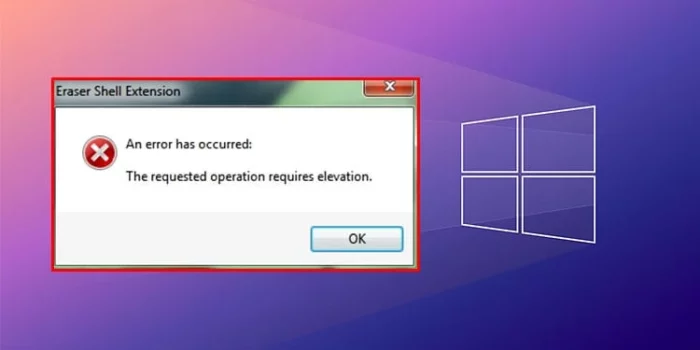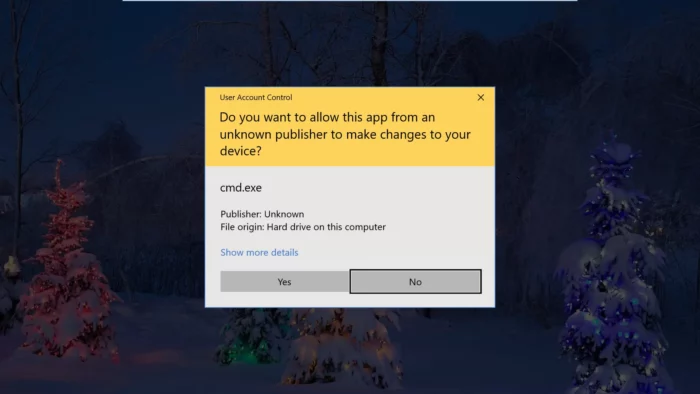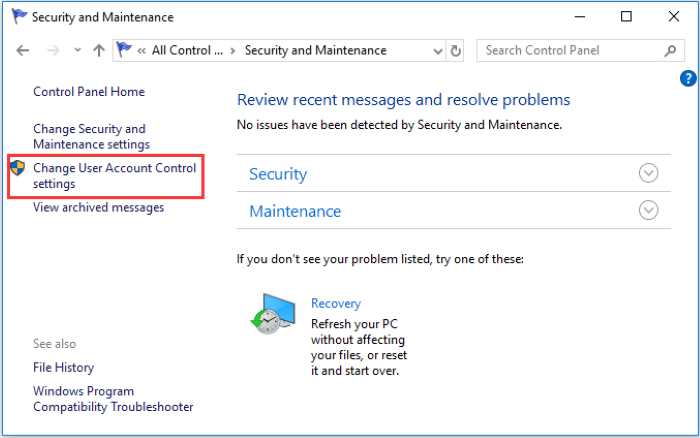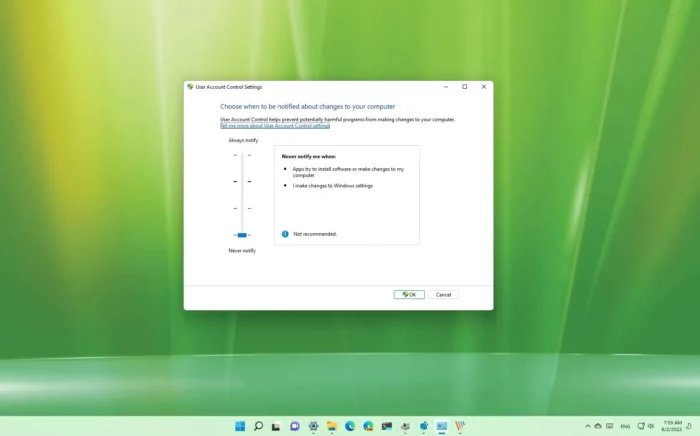The requested operation requires elevation is an error message that can appear when trying to execute certain operations on a Windows operating system. This issue often arises when a user is attempting to perform an action that requires administrator privileges, but their account does not have the necessary permissions. Let’s delve into the reasons and solutions for this problem in detail.
KEY INSIGHTS
- The error message “the requested operation requires elevation” typically arises due to insufficient account permissions.
- Various solutions can be implemented to resolve this issue, including running the program as an administrator and modifying user account settings.
- Regular maintenance and updates of the operating system can help prevent this error from occurring.
- If all else fails, reaching out to customer support can provide additional assistance.
- Certain preventive measures, like updating user account settings and maintaining the operating system, can help avoid this error in the future.
What’s the Optimal Outcome Without the “The Requested Operation Requires Elevation” Problem?
In the absence of the “the requested operation requires elevation” issue, users should be able to smoothly perform actions that require administrative privileges. The computer system should respond effectively to the user’s commands without displaying error messages, thus ensuring a seamless user experience.
Case Study: When Does the “The Requested Operation Requires Elevation” Error Happen?

Consider the case of Alex, a graphic designer who uses a Windows computer for work. One day, Alex decides to install a new graphic design software. However, when he tries to install the software, he encounters the “the requested operation requires elevation” error message. This error occurs because Alex’s account doesn’t have administrator privileges, which are required to install new software.
Initial Diagnosis: Have You Tested These Measures?
Before delving into the specific solutions, it’s essential to perform some basic checks:
- Restart your computer system. Sometimes, the problem can be as simple as a temporary system glitch that can be resolved with a reboot.
- Check if you are using an account with administrator privileges. If not, you might need to switch to an account that has the necessary permissions.
The Significance of Rectifying “The Requested Operation Requires Elevation”
Addressing the “the requested operation requires elevation” error is crucial because if left unresolved, it can hamper your ability to perform essential tasks on your computer. These tasks could include installing new software, updating existing applications, or changing system settings. Failure to rectify this issue could significantly impact your productivity and overall user experience.
Interactive Guide: Functional Strategies to Address “The Requested Operation Requires Elevation”
SOLUTION 1: Running the Program as an Administrator
One of the simplest ways to resolve the “the requested operation requires elevation” error is by running the program that’s causing the error as an administrator.
To do this:
- Right-click on the application’s icon.
- Select ‘Run as administrator’ from the dropdown menu.
This method gives the application the necessary privileges to perform the action, which could potentially resolve the error.

SOLUTION 2: Disabling User Account Control (UAC)
User Account Control (UAC) is a security component in Windows that helps prevent unauthorized changes to the operating system.

Conclusion
“The requested operation requires elevation” error is a common issue faced by Windows users. While it can be frustrating, it is usually easy to resolve. This guide provides multiple methods to fix this error, from running programs as an administrator to creating a new administrator account. Remember to always take precautions when making changes to your system settings and ensure you have a current backup of your data. As always, if you are unable to resolve the issue, don’t hesitate to seek professional help.
Remember, dealing with errors is part and parcel of using technology. The key is to understand the cause and apply the correct solution. With this guide, you should be well on your way to resolving the “the requested operation requires elevation” error and continue enjoying a smooth computing experience.
FAQs
Why am I getting “the requested operation requires elevation” error?
This error usually appears when a user tries to execute a task that requires administrator privileges from a non-administrator account. This is often the case when running specific applications or modifying system settings.
Is the “the requested operation requires elevation” error harmful to my computer?
No, the error itself is not harmful. It is a security feature of Windows to prevent unauthorized changes to your system. However, if the error is stopping you from performing necessary tasks, then it needs to be addressed.
Can I permanently run programs as an administrator to avoid this error?
Yes, you can set certain programs to always run as an administrator. However, this should be done cautiously as it can potentially expose your system to security risks.
How does disabling UAC affect my computer?
Disabling UAC removes an additional layer of security that prevents unauthorized changes to your system. While it may resolve the error, it might leave your computer vulnerable to threats. It is advisable to keep UAC enabled and look for other solutions to fix the error.
What if none of the solutions works?
If none of the solutions works, it may be a more complex issue. In such cases, it is recommended to reach out to professional tech support or the software’s customer service for assistance.

